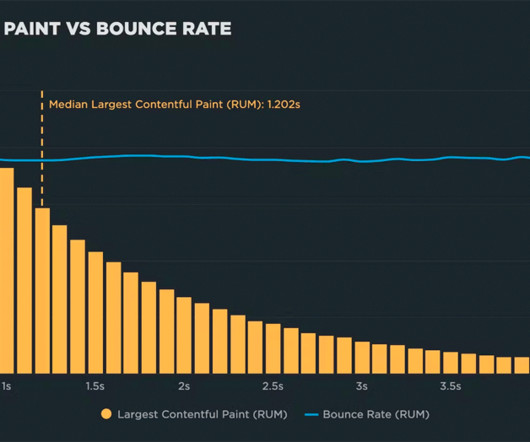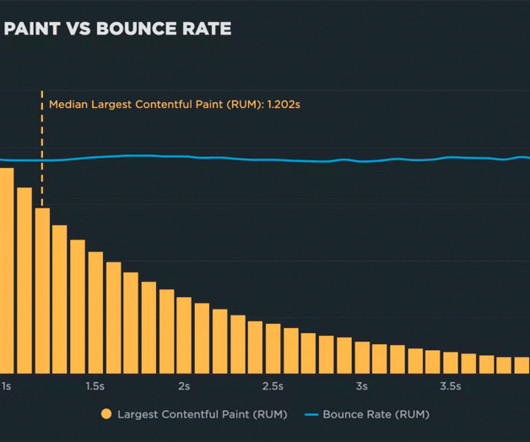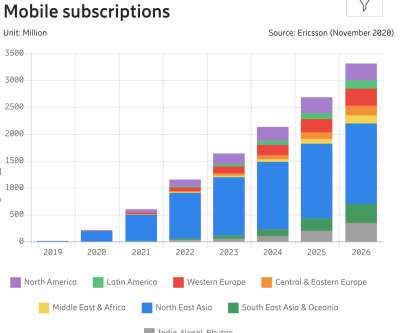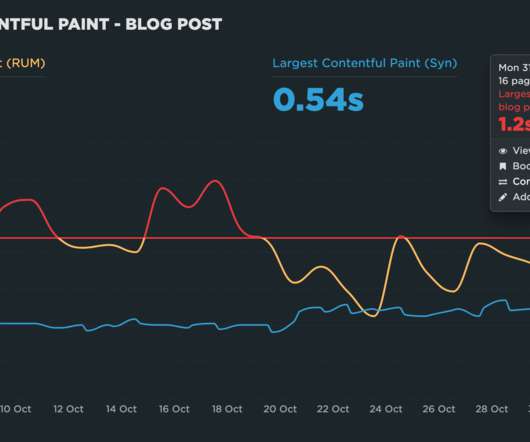Crucial Redis Monitoring Metrics You Must Watch
Scalegrid
JANUARY 25, 2024
Redis® is an in-memory database that provides blazingly fast performance. This makes it a compelling alternative to disk-based databases when performance is a concern. You might already use ScaleGrid hosting for Redis hosting to power your performance-sensitive applications.





































Let's personalize your content